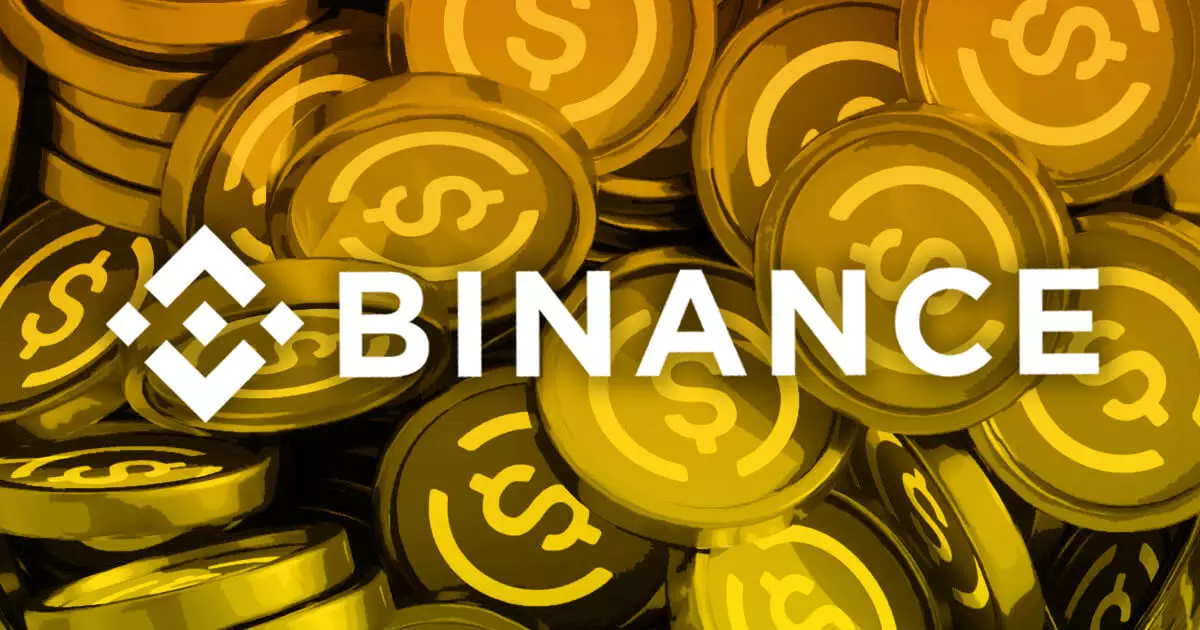Binance recently completed the conversion of its Secure Asset Fund for Users (SAFU) into Circle’s USD Coin (USDC) stablecoin. This move was confirmed in an official statement on April 18, marking a significant shift for the cryptocurrency exchange. By transferring 100% of SAFU’s assets to USDC, Binance aims to enhance reliability and stability by using a trusted, audited, and transparent stablecoin. The decision to embrace USDC, the second-largest stablecoin by market capitalization, underscores Binance’s commitment to security and transparency in its operations.
USDC has garnered praise for its transparency and compliance-first approach. As a stablecoin that maintains a 1:1 peg to the US dollar, USDC offers a level of stability that is crucial for safeguarding user funds in volatile markets. Binance’s choice to deposit a substantial amount of Bitcoin and Binance Coin into its hot wallet before converting to USDC demonstrates a strategic approach to risk management and asset protection. The alignment with USDC sets a new standard for safety and security within the cryptocurrency industry.
Amidst the conversion of SAFU to USDC, Binance has also made significant strides in its regulatory affairs, particularly in India and Dubai. In India, the exchange has reportedly agreed to a $2 million fine and plans to reestablish its presence following a ban earlier this year. By committing to register with the Financial Intelligence Unit and adhere to local taxation frameworks, Binance is taking proactive steps to comply with regulations and enhance transparency. In Dubai, Binance’s CEO revealed that the exchange has obtained a Virtual Asset Service Provider (VASP) license, signaling a leap forward in regulatory compliance. These developments underscore Binance’s dedication to regulatory adherence and its willingness to cooperate with authorities to operate in a compliant manner.
The recent regulatory advancements by Binance reflect a strategic shift towards prioritizing compliance and legal standards. By settling federal charges amounting to $4.3 billion last year and addressing deficiencies in anti-money laundering protocols, Binance is proactively responding to legal challenges and enhancing its operational integrity. The decision to relinquish voting power within its local entity showcases a commitment to transparency and accountability, setting a precedent for the industry. As Binance continues to navigate regulatory landscapes globally, its focus on compliance and risk management will be instrumental in shaping its future trajectory.

